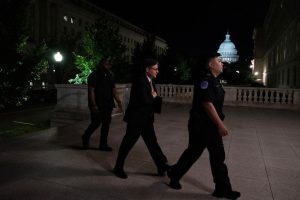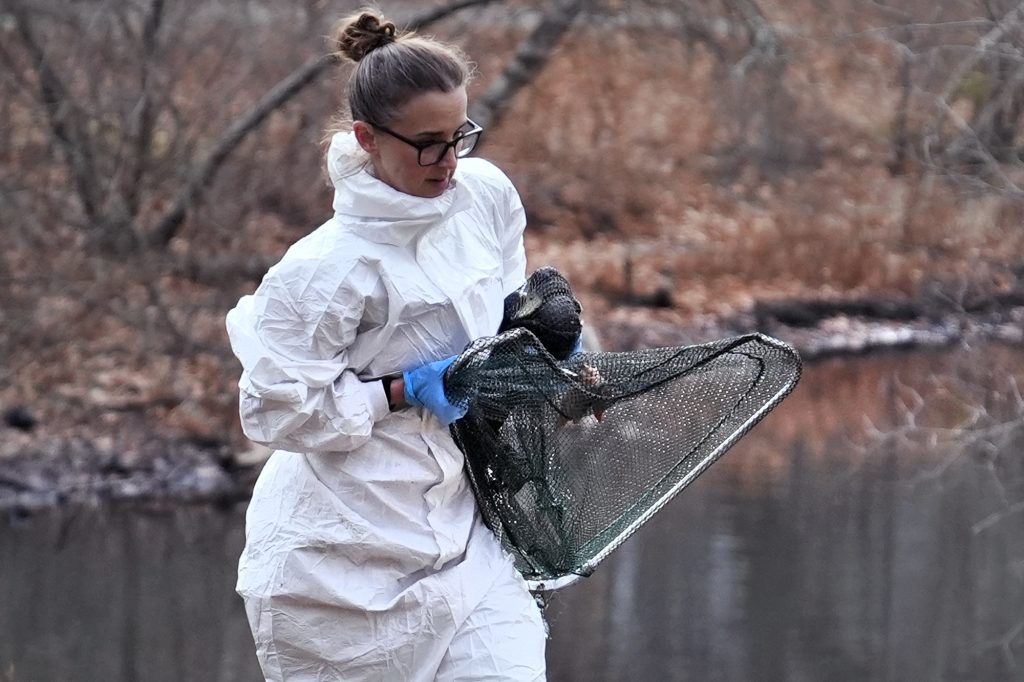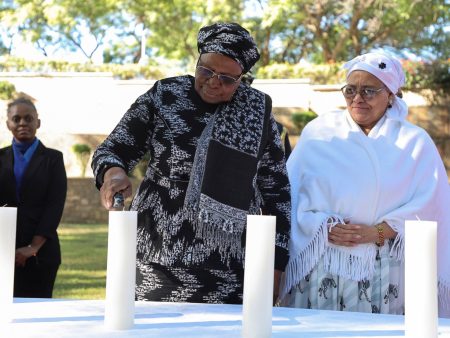The placid waters of the Muddy River, a beloved urban oasis nestled on the border of Boston and Brookline, transformed into a scene of environmental crisis on a Sunday afternoon. A petroleum spill, initially reported as an unidentified leak impacting local wildlife, quickly mobilized a multi-agency response involving police, fire departments, and environmental protection specialists. The serene backdrop, typically enjoyed by walkers and joggers near the iconic Fenway Park, became an emergency zone as rescue teams raced against time to mitigate the damage and save the affected waterfowl. The spill served as a stark reminder of the vulnerability of urban ecosystems and the devastating impact of even relatively small amounts of pollutants on delicate wildlife.
Initial investigations traced the source of the leak to a storm drain located beneath a nearby condominium complex. While the precise origin of the petroleum remains under investigation by the Massachusetts Department of Environmental Protection (MassDEP), early estimates suggest that less than 100 gallons of oil contaminated the waterway. Despite the relatively small volume, the impact on the river’s avian inhabitants was substantial. Dozens of birds, primarily Canada geese and mallards, were found coated in the hazardous substance, their ability to fly, feed, and maintain proper body temperature compromised by the clinging oil.
The New England Wildlife Center (NEWC) took the lead in the rescue and rehabilitation efforts, dispatching trained personnel to the scene. Their meticulous work involved carefully capturing the affected birds, minimizing stress to prevent further harm. The process is delicate and time-consuming, as rescuers must approach the distressed birds cautiously, avoiding any sudden movements that could exacerbate their condition. The oil, clinging to their feathers, disrupts their natural waterproofing, leaving them vulnerable to hypothermia and hindering their ability to float. Ingestion of the oil poses an even greater threat, causing internal damage and potentially fatal consequences.
The rescued birds are transported to the NEWC facility, where a dedicated team initiates the painstaking cleaning process. Each bird is individually assessed and stabilized before the oil is meticulously removed from its feathers using specialized cleaning agents. This delicate procedure requires patience and expertise to avoid further stressing the already vulnerable animals. Beyond the immediate physical effects, the oil spill also disrupts the birds’ natural behaviors, affecting their ability to forage for food and maintain social interactions within their flock.
The rehabilitation process is lengthy, often taking up to a month before the birds can be deemed fit for release back into the wild. The NEWC team provides ongoing care, including nutritional support and monitoring for any lingering health issues. The center’s president, Katrina Bergman, emphasized the long-term commitment involved in these rescue efforts, highlighting the dedication required to ensure each bird receives the individualized attention needed for a full recovery. This dedication extends beyond the immediate crisis, as the NEWC continues to monitor the Muddy River to ensure the long-term well-being of the local wildlife.
The incident underscores the critical role of preparedness and interagency cooperation in responding to environmental emergencies. The swift and coordinated actions of the various agencies involved, including the Brookline and Boston police departments, fire departments, and the MassDEP, proved crucial in containing the spill and minimizing its impact. The community’s concern and willingness to assist were equally evident, although authorities emphasized the importance of allowing trained personnel with appropriate protective equipment to handle the delicate rescue operations. The incident serves as a stark reminder of the importance of vigilance and proactive measures to prevent future spills and protect the fragile ecosystems that exist within urban environments. The investigation into the exact cause of the spill continues, aiming to identify the responsible party and implement measures to prevent similar incidents in the future.










